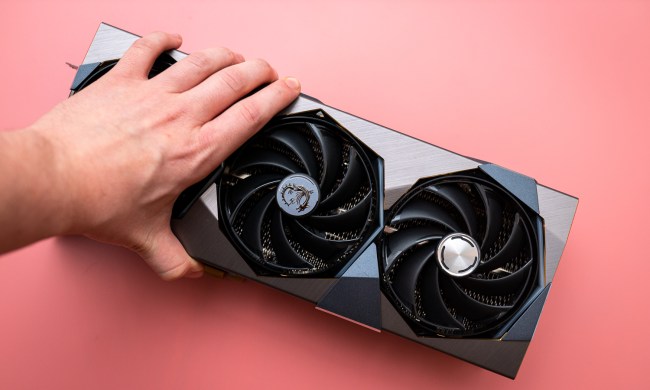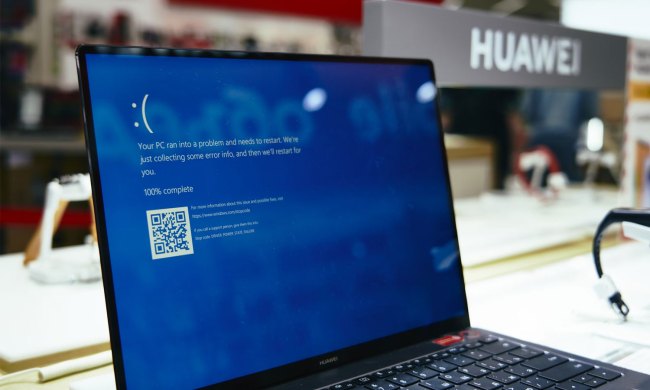
First Street View and now this. Europe does not want to leave Google alone. European Union antitrust regulators are investigating the search company on complaints that it has abused its dominant position by giving its own services preferential placement in search results, demoting competing websites and services, and stopping some websites from accepting rival ads. Microsoft’s Ciao service from Bing, French legal search engine Ejustice.fr, and U.K. price comparison site Foundem filed the antitrust complaint, reports Bloomberg.
The EU, which announced this investigation in February, said it does not yet have any prove of infringements, but is making the case a priority. It will investigate whether Google lowered the rankings of competing search engines and artificially raised the placement of its own services on search result pages. Regulators will also check whether Google manipulate its Quality Scores, which help determine how much advertisers pay Google to buy ads for any search keyword.
In an e- mailed statement, Foundem accused Google of “stifling innovation,” claiming that it “should not be allowed to discriminate in favor of its own services” and should be forced to blatantly label its own services in results.
Google, for its part, seems open to the investigation. “There’s always going to be room for improvement and so we’ll be working with the commission to address any concerns,” Google, based in Mountain View, California said.
The EU is not a laughing matter. Its antitrust regulators have the ability to fine companies for up to 10 percent of their revenue if found guilty of monopoly abuses. In the past, it has fined Intel and Microsoft for more than $1 billion each. Earlier this year, it launched an investigation into IBM’s server mainframe business.


